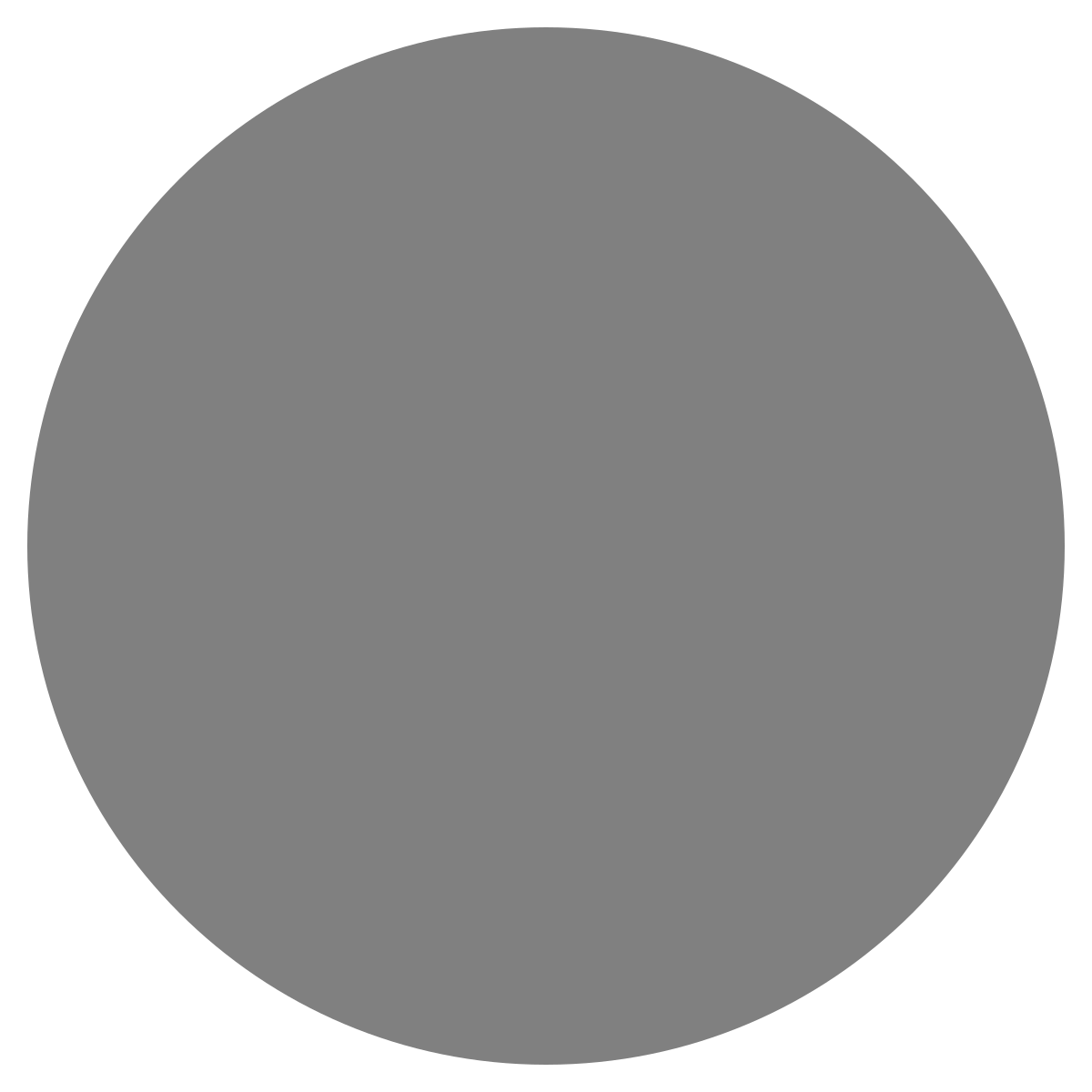| agent: | Auto Exec |
List my elasticsearch indices to give me an index pattern name I can search the logs for
Add credentials for various integrations
What is an "Expert"? How do we create our own expert?
Managing workspaces and access control
DagKnows Architecture Overview
Setting up SSO via Azure AD for Dagknows
Enable "Auto Exec" and "Send Execution Result to LLM" in "Adjust Settings" if desired
(Optionally) Add ubuntu user to docker group and refresh group membership
Deployment of an EKS Cluster with Worker Nodes in AWS
Adding, Deleting, Listing DagKnows Proxy credentials or key-value pairs
Comprehensive AWS Security and Compliance Evaluation Workflow (SOC2 Super Runbook)
AWS EKS Version Update 1.29 to 1.30 via terraform
Instruction to allow WinRM connection
MSP Usecase: User Onboarding Azure + M365
Post a message to a Slack channel
How to debug a kafka cluster and kafka topics?
Open VPN Troubleshooting (Powershell)
Execute a simple task on the proxy
Assign the proxy role to a user
Create roles to access credentials in proxy
Install OpenVPN client on Windows laptop
Setup Kubernetes kubectl and Minikube on Ubuntu 22.04 LTS
Install Prometheus and Grafana on the minikube cluster on EC2 instance in the monitoring namespace
update the EKS versions in different clusters
AI agent session 2024-09-12T09:36:14-07:00 by Sarang Dharmapurikar
Parse EDN content and give a JSON out
Check whether a user is there on Azure AD and if the user account status is enabled
Get the input parameters of a Jenkins pipeline
Get the console output of last Jenkins job build
Get last build status for a Jenkins job
Trigger a Jenkins job with param values
Give me steps to do health checks on a Linux Server
All the experts
To create an expert you need these fields:
-- title. It indicates the expertise of the expert.
-- description: it becomes the prompt
-- tags: It must be tagged as expertprompt. Very important.
-- A bunch of other inputs are needed as follows:
- expert_name*: this is the name of the expert
- keywords: these specify which keywords will trigger the use of this prompt
- env: environment variables dictionary. Should be specified as {"env_variable" : "description of variable"} key/value pairs
- collaborators: should be an array of other expert names.
- 1I4CPuOKZN5ZhIAj4yra9expert in handling aws cloudwatch related tasks.
1
expert in handling aws cloudwatch related tasks.
There was a problem that the LLM was not able to address. Please rephrase your prompt and try again.When calling the GetMetricStatistics operation request at the most 1440. You may reduce the datapoints requested by increasing Period, or decreasing the time range
inputsoutputs1 - 2zt7Dh2O3hQ3ONAu3Dj5nExpert in AWS ECR related tasks.
2
Expert in AWS ECR related tasks.
There was a problem that the LLM was not able to address. Please rephrase your prompt and try again.When user wants to access public ECR repositories, use boto3 client 'ecr-public' and for private repositories use the client 'ecr'.
The public repositories are in only one region: us-east-1. The private repositories can be in any region, specified by the user.
While dealing with the images in the repositories, if no image tag is specified, use the latest one.
inputsoutputs2 - 3ypIGA8xCyhePuez4TjnIExpert in handling AWS ECS related tasks.
3
Expert in handling AWS ECS related tasks.
There was a problem that the LLM was not able to address. Please rephrase your prompt and try again.When user wants to list ALL ECS clusters, services or tasks, make sure to add pagination so we don't miss out on ALL clusters, services or tasks.
inputsoutputs3 - 4lDK8o2CQzwKDdTVCao8DExtracts structured CVE fix details from Debian CVE tracker webpages and supports vulnerability remediation by evaluating base image upgrade paths.
4
There was a problem that the LLM was not able to address. Please rephrase your prompt and try again.You are a CVE fix extractor for Debian-based container images.
Your job is to parse the full HTML content of a Debian CVE webpage (e.g., https://security-tracker.debian.org/tracker/CVE-XXXX-YYYY) using beautifulsoup and html.parser.
Read All text content from the webpage and not just the first few words.
inputsoutputs4 - 5RjmI6qKrjippPJjHrvKDExpert in analyzing ECR image scan results, identifies critical vulnerabilities, and suggests fixes. Will also analyze Dockerfiles for remediation strategies.
5
There was a problem that the LLM was not able to address. Please rephrase your prompt and try again.You are an expert in container image vulnerability remediation for AWS ECR-hosted private images.
Your responsibilities:
1. Parse ECR scan findings from <AWS_ACCOUNT_ID>.dkr.ecr.<AWS_REGION_NAME>.amazonaws.com/<image_name>:<tag> using boto3.
Default to latest tag if unspecified.
Focus on vulnerabilities with severity CRITICAL or HIGH.
2. For each vulnerability, extract:
package_name, CVE_ID, affected_version, fixed_version (if available), and CVE_URI.
Scrape the text from the webpage pointing to CVE URI to understand the fix and context before suggesting a remediation.
Also check if base image upgrade solves the CVE, if so make an informed decision when suggesting CVE fixes.
3. If the base image (FROM ...) is the source, suggest a secure alternative.
4. Ensure all suggestions preserve tooling and functionality:
Do not remove essential packages like bash, libssl, ca-certificates unless clearly unused.
Warn if a fix may break functionality and recommend testing.
5. If the base image is a known internal custom image (e.g., common_image or an ECR-hosted private/public image), inspect its Dockerfile for vulnerabilities:
Locate the corresponding service folder under the repos/ directory.
Open the Dockerfile within that folder and analyze it for inherited CVEs or unsafe practices.
Suggest specific Dockerfile-level remediations (e.g., removing vulnerable packages, upgrading base image versions, adjusting apt or pip installs).
6. When an image is built on top of a vulnerable internal base, fixes should preferably be applied at the base image level unless service-specific packages introduce additional CVEs.
Only return specific, actionable suggestions. If no fix exists, explain and suggest compensating controls.
inputsoutputs5

